Revisited: Watch Dogs 2
July 23, 2018 | 01:00
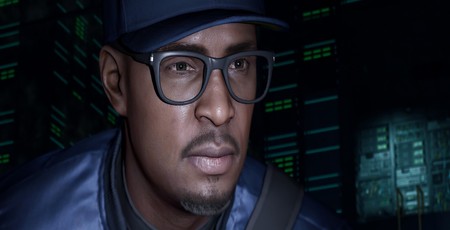
I have a confession. I’ve made a terrible mistake. Back in 2014, I reviewed Ubisoft’s Watch_Dogs. This wasn’t the mistake, although it was a mistake, because I hated it. As a game about hacking it was a complete failure, from its confused and po-faced story, to its awkward attempts to transition an act mainly performed sat at a laptop into a breathless open-world action game.
I loathed Watch_Dogs so much that, when the sequel came around, I did everything I could to avoid reviewing it, which basically means that I asked Jake to do it instead. “Aha!,” I thought, leaning back in my office chair and lighting a celebratory (and entirely imaginary cigar) “I’ve just saved myself 30 hours of mind-numbing boredom.”

And then everyone (including Jake) said that Watch_Dogs 2 was brilliant.
It was a terrible miscalculation, and ever since then I’ve wanted to try it myself. because part of me was still convinced that everyone must be wrong. Which is not to say that Watch_Dogs 2 had to be rubbish because the first one was; many games successfully turn around a mediocre first offering. But the problem with Watch_Dogs wasn’t merely executional, it was conceptual, too. It was a game about hacking that didn’t feature hacking in any real sense, and so it was never going to be anything more than an average open-world game with a proto-cyberpunk skin.
With this summer proving as dry in game releases as it is in weather, I finally had an opening to try the sequel. As it turns out, Watch_Dogs 2 still isn’t a hacking game, not really. Its concept of hacking still amounts to “Turning stuff on and off with your smartphone.” But unlike the first game, Watch_Dogs 2 convinces you of its fiction, by transitioning your hacker's perspective from oblique lines of code to the physical world around you.
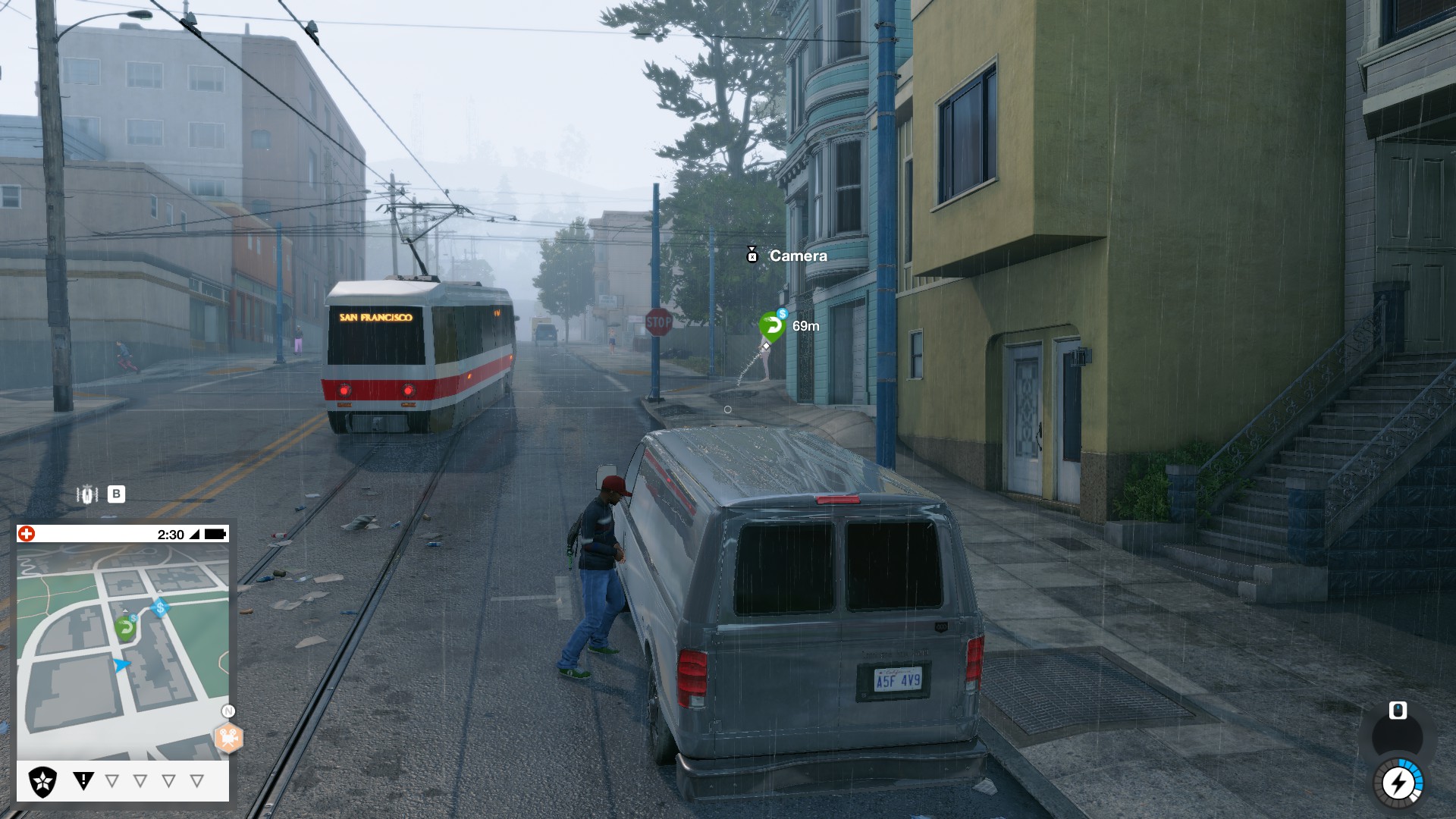
Watch_Dogs 2 takes considerable pains to diverge itself from the previous games, and it succeeds immediately. Whereas Watch_Dogs began with a protracted introduction that agonised over the death of Aiden Pearce’s daughter and his transition into Angry Revenge Dad, Watch_Dogs 2 leaps into action with no preamble whatsoever. You’re not even told the name of your character, just his nickname – Retr0. Your job? To delete yourself from existence – within the database of gigantic surveillance corp Blume International, anyway.
At first I found Watch_Dogs 2’s tone a little grating. It tries too hard to make its central characters look cool. After that first mission, you go for a party on the beach with your hacking buddies, who are into energy drinks and street art and Pop-cultural references. It’s a bit like watching your dad cover a Sum 41 song, or I guess it would have been 18 years ago when Sum 41 were popular.
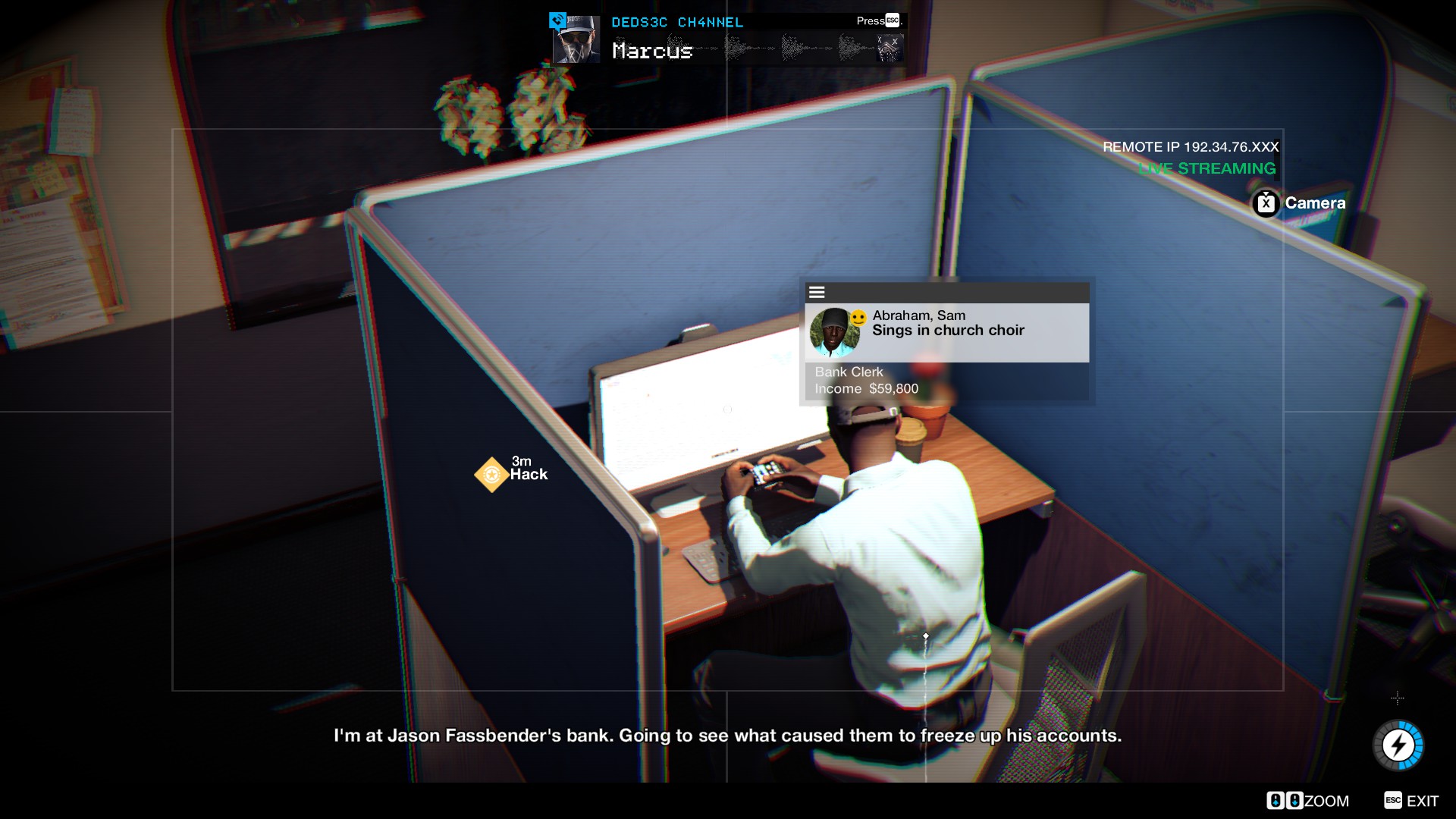
Oh no. I’m the dad now. OH NO.
Eventually though, the story settles down, and I found myself warming to the characters, particularly Wrench, your hacker/mechanic buddy who looks like he got caught in a fight between a Matrix fan club and an S&M convention. Not even his huge, spike-studded mask can conceal his almost worrying levels of geekiness, and I find him quite adorable for that.
The tonal change is reflected in the world, too. Where Chicago was primarily a palette of dour greys, Watch_Dogs 2’s San Francisco is bright, modern and alluring. It’s a city buzzing with dynamism, optimism, and positive mental attitude. It’s also a highly corporatised veneer that conceals a darker side of mass surveillance, mass inequality and algorithmic oppression.
Indeed, in a strange twist of fate, Watch_Dogs 2 is one of the few Ubisoft games that uses its world to make some salient social commentary, taking on topics such as Scientology, personal-data harvesting, and even revenge porn. Being an open-world game, the message is somewhat scattershot, but unlike the Division or Far Cry 5, Watch_Dogs 2 feels like it has something to say about the world it represents.

A good example of this is the “Follower” mechanic. As a member of hacking group DedSec your goal is to accrue social media followers by performing attention-grabbing hacking antics. On the surface, it feels like a tacky gimmick, but the reason you want to gain followers is to use that platform to bring attention to the problems that are plaguing San Francisco.
Where Watch_Dogs 2 feels most different, however, is in the design of individual missions. At some point, most missions will involve you infiltrating a secure area, such as a dockyard or a Scientology-like “rehabilitation” centre., You can do this by running in and shooting everyone up if you want. But you can also complete many missions without setting foot inside these compounds. Your character is equipped with two gadgets, a small remote-controlled car, and a drone. Together these can be used to survey and infiltrate areas remotely, using them to locate and hack systems, distract and eventually disable guards.
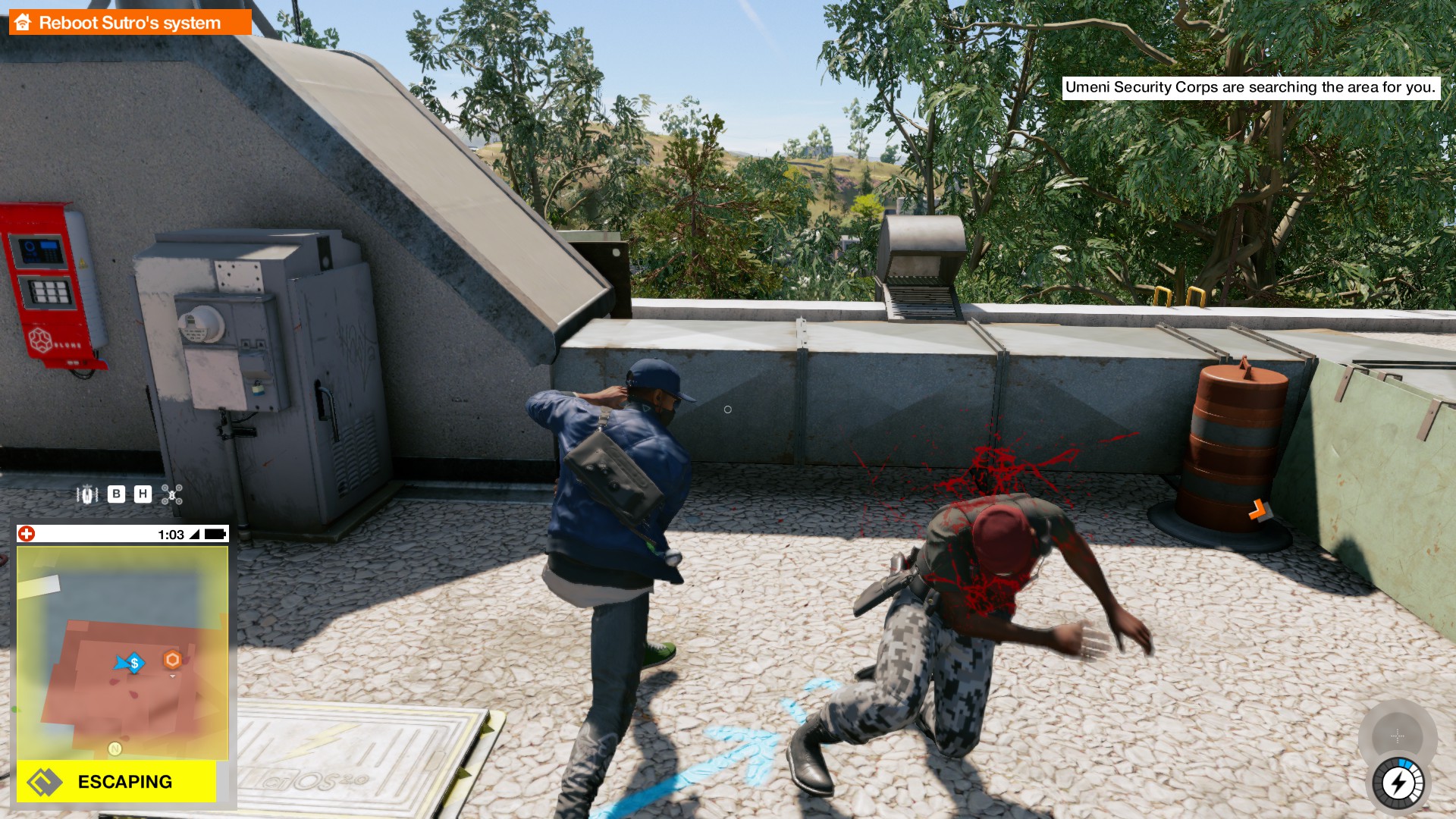
As you increase in level, you can also unlock an increasingly broad suite of abilities that can be combined with your remote gadgets. One of these lets you control idle vehicles, making them suddenly lurch forward in one of four directions. It’s a useful and incredibly satisfying way to take out guards. Another splendid ability lets you call local gangs or the police on NPCs which is a wonderfully over-the-top way of creating a distraction or thinning out a cluster of enemies.
Basically, Watch_Dogs 2 sells the fantasy of being a whizz-kid hacker far better than the first game, delivering a far more palpable sense of power by proxy. It helps that the missions are much better designed. Each of them is like a little puzzle box, with multiple layers of security that you must bypass. In effect, Watch_Dogs 2’s compounds are hacking challenges represented in physical space, and your drone is the virus that you upload to the system.
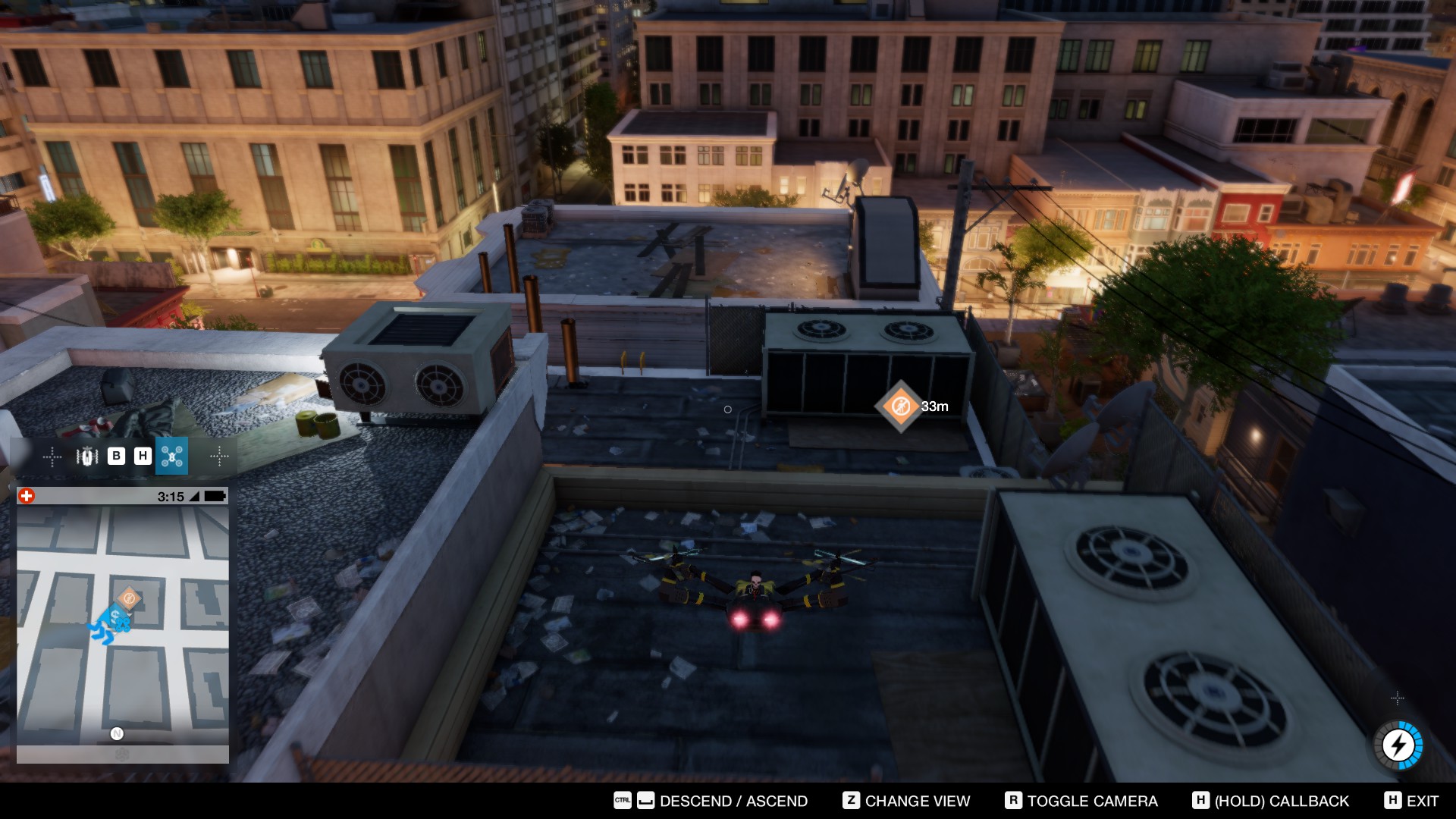
The quality of these missions isn’t limited to the main story either. Many of the side-quests are similarly involved, often featuring multiple stages, each of which offers its own little puzzle or challenge. Indeed, one of my favourite things to do is seek out money-packets or additional research points, simply because they’re so cleverly hidden within little spatial puzzle. One might be behind a locked door in a basement car park, while another will be hidden inside a ventilation shaft two-floors up. It’s like the whole city is physically encrypted, and it's up to you to crack each and every code.
The best open-world games tend to be those with a clear sense of their own personality, that want to explore their worlds in a specific way. Watch Dogs 2 counts amongst these. Behind the light-hearted, pulpy aesthetic is a game with a strong and singular purpose, and the dedication and craft to see it through. If you haven’t decrypted it yet, then I thoroughly recommend you get hacking.
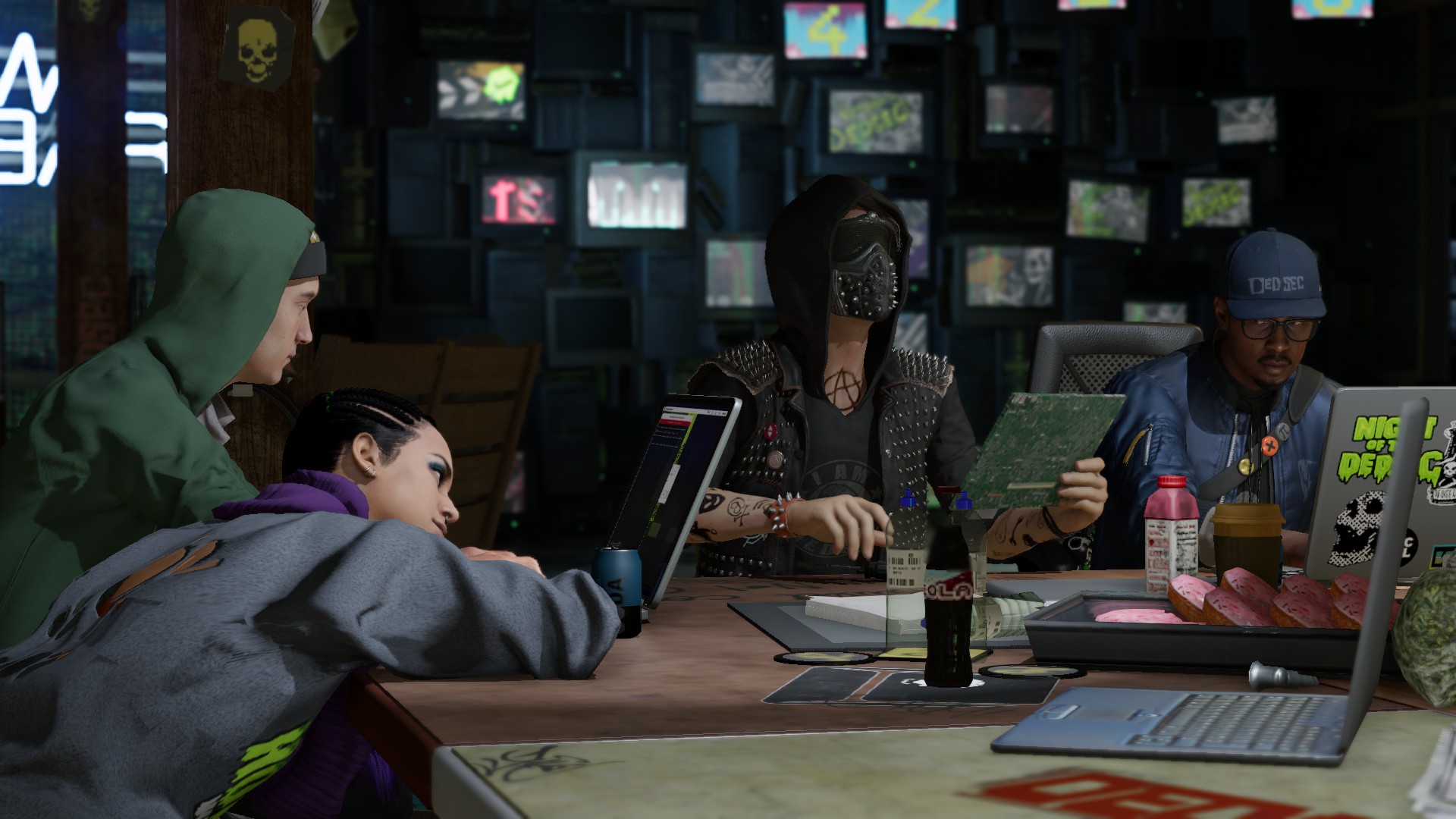

MSI MPG Velox 100R Chassis Review
October 14 2021 | 15:04


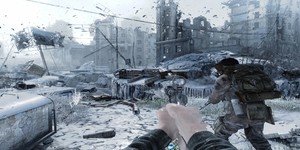





Want to comment? Please log in.